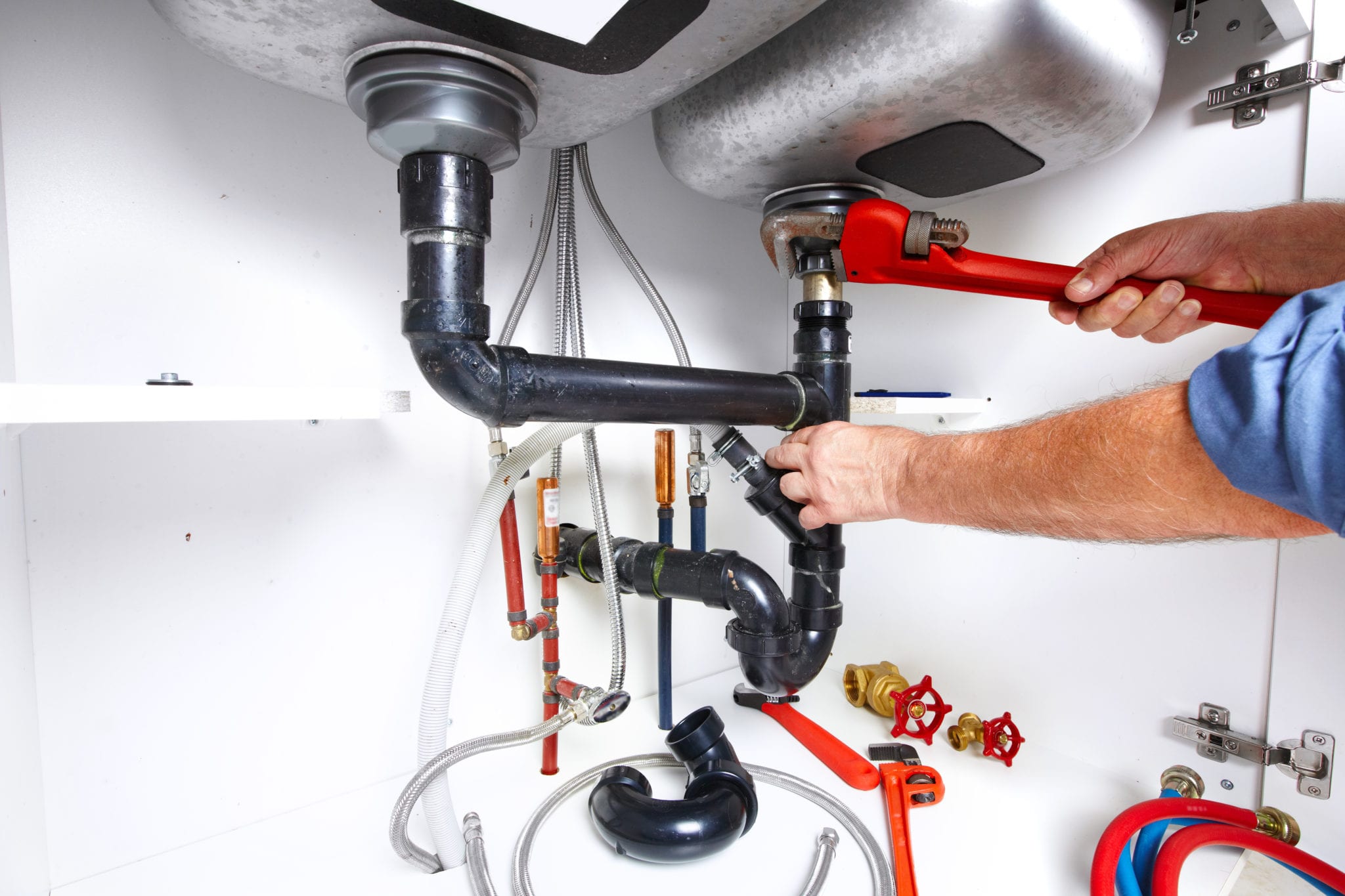Overview To Water Leak Detection At Home
Overview To Water Leak Detection At Home
Blog Article
Just how do you feel in regards to Finding hidden leaks?

Early discovery of leaking water lines can minimize a potential disaster. Some small water leakages may not be visible.
1. Take A Look At the Water Meter
Every house has a water meter. Examining it is a surefire manner in which aids you find leaks. For starters, shut off all the water sources. Make certain nobody will flush, use the faucet, shower, run the washing equipment or dishwasher. From there, go to the meter and also watch if it will certainly transform. Since no one is utilizing it, there must be no activities. That shows a fast-moving leak if it moves. If you find no adjustments, wait a hr or 2 and inspect back once more. This suggests you may have a slow leak that might even be underground.
2. Examine Water Consumption
Evaluate your water bills and also track your water usage. As the one paying it, you must notice if there are any kind of inconsistencies. If you find sudden changes, in spite of your consumption being the same, it suggests that you have leaks in your plumbing system. Keep in mind, your water bill ought to fall under the exact same array every month. A sudden spike in your costs shows a fast-moving leakage.
On the other hand, a stable rise every month, even with the very same behaviors, reveals you have a slow leakage that's likewise slowly rising. Call a plumber to completely check your home, particularly if you really feel a cozy area on your flooring with piping underneath.
3. Do a Food Coloring Test
When it comes to water consumption, 30% comes from bathrooms. If the color somehow infiltrates your dish during that time without flushing, there's a leak in between the tank and also dish.
4. Asses Outside Lines
Do not fail to remember to check your exterior water lines too. Test faucets by connecting a garden hose. Ought to water permeate out of the link, you have a loose rubber gasket. Replace this and also ensure all connections are limited. If you've got an automatic sprinkler, it will help get it skillfully took a look at and also maintained every year. One little leakage can lose lots of water as well as increase your water bill.
5. Inspect and also Evaluate the Situation
Home owners should make it a routine to examine under the sink counters and also even inside closets for any kind of bad odor or mold and mildew growth. These two warnings suggest a leak so timely interest is required. Doing routine inspections, even bi-annually, can conserve you from a significant issue.
Check for discolorations and also deteriorating as the majority of pipes and appliances have a life span. If you suspect dripping water lines in your plumbing system, do not wait for it to escalate.
Early discovery of dripping water lines can reduce a potential calamity. Some little water leaks may not be visible. Inspecting it is a surefire means that aids you find leaks. One small leakage can waste loads of water as well as surge your water expense.
If you think dripping water lines in your plumbing system, do not wait for it to escalate.
WARNING SIGNS OF WATER LEAKAGE BEHIND THE WALL
PERSISTENT MUSTY ODORS
As water slowly drips from a leaky pipe inside the wall, flooring and sheetrock stay damp and develop an odor similar to wet cardboard. It generates a musty smell that can help you find hidden leaks.
MOLD IN UNUSUAL AREAS
Mold usually grows in wet areas like kitchens, baths and laundry rooms. If you spot the stuff on walls or baseboards in other rooms of the house, it’s a good indicator of undetected water leaks.
STAINS THAT GROW
When mold thrives around a leaky pipe, it sometimes takes hold on the inside surface of the affected wall. A growing stain on otherwise clean sheetrock is often your sign of a hidden plumbing problem.
PEELING OR BUBBLING WALLPAPER / PAINT
This clue is easy to miss in rooms that don’t get much use. When you see wallpaper separating along seams or paint bubbling or flaking off the wall, blame sheetrock that stays wet because of an undetected leak.
BUCKLED CEILINGS AND STAINED FLOORS
If ceilings or floors in bathrooms, kitchens or laundry areas develop structural problems, don’t rule out constant damp inside the walls. Wet sheetrock can affect adjacent framing, flooring and ceilings.
https://www.servicemasterbyzaba.com/blog/how-to-detect-water-leakage-in-walls/

Hopefully you enjoyed our part on Hacks to detect leaks. Thank you for taking a few minutes to browse our blog. Appreciated our entry? Please share it. Let other people discover it. I praise you for your time. Don't hesitate to come visit our site back soon.
Report this page